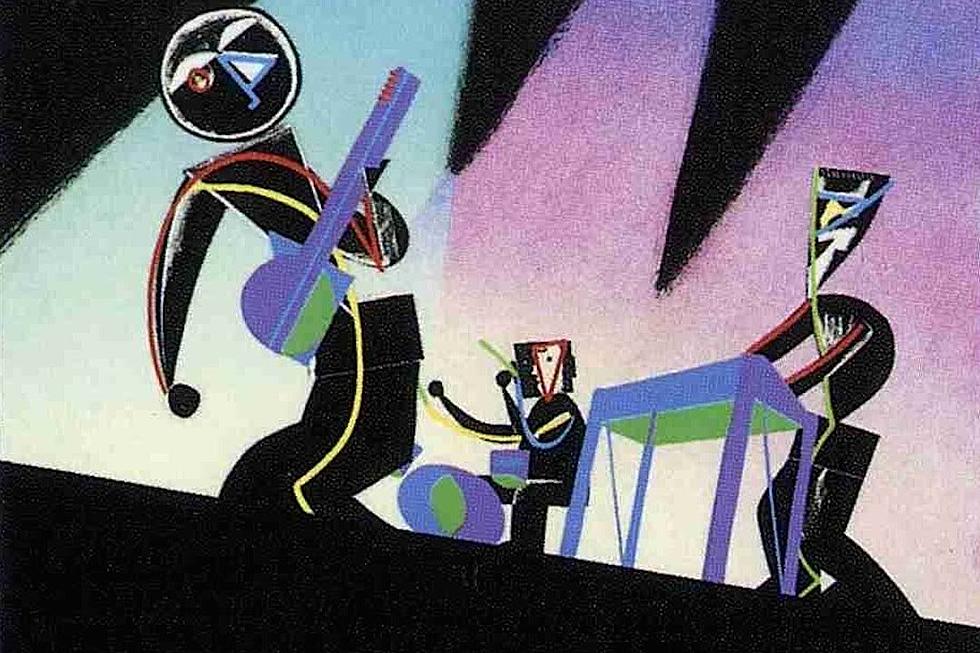
40 Years Ago: Rush Gets Bleak on Synth-Driven ‘Grace Under Pressure’
When asked for the definition of “guts” in a long-ago magazine profile, author Ernest Hemingway replied that he meant “grace under pressure.” With that, he not only coined a popular phrase but unwittingly named the 10th studio album released by Rush, which arrived some 55 years later, on April 12, 1984.
The title of Grace Under Pressure may have seemed like an admission of an embattled state of mind within Rush. After all, their sound was evolving away from the heavy prog of yesteryear towards more commercial forms, which alienated some of their fans, particularly as they embraced technology.
The truth was far less complex, however, and the album’s title simply alluded to the escalating Cold War tensions of the mid-'80s, and their role in inspiring many of the themes penned by Neil Peart.
READ MORE: The Best Songs from Rush’s Last Albums
Ironically, the lyrics designate Grace Under Pressure as one of Rush’s bleakest, most pessimistic albums. That stands in direct contrast to the clean production concocted by the band and engineer Peter Henderson, who had replaced original choice, Steve Lillywhite, in a pinch.
These bright sounds were, of course, largely executed on the virtual battalion of synthesizers which had captured Rush frontman Geddy Lee's imagination of late.
Synths provided much of the melodic thrust on Grace Under Pressure over Alex Lifeson’s once-pivotal guitar. And yet, the infinitely-versatile six-string god was clearly complicit with Rush’s technology-obsessed agenda, because he abandoned power chords and showy solos for sharp strums that evoked jazz and reggae (see "The Enemy Within").
Watch Rush's 'Distant Early Warning' Video
Rush's '80s Sound Still Stirs Debate
Regardless of their composite parts, new songs like "Distant Early Warning," "Afterimage," "Red Sector A" and "Between the Wheels" were all assembled to Rush’s typically exacting and meticulous standards. Yet they somehow managed to combine inventive arrangements with easily digestible hooks, even as they delved into the predominantly dark and disconcerting lyrical concepts.
Grace Under Pressure easily duplicated the No. 10 Billboard placing of its predecessor, Signals (if not the Top 5 achievements of Moving Pictures and Permanent Waves), while cruising to platinum certification.
Rush’s commercial musical direction through the '80s remains a topic of hot debate within their fan base. But a single spin of Grace Under Pressure is enough to remind us there’s no such thing as a truly bad Rush LP. There are simply different versions of inspired genius, fit to suit a sweep of musical tastes.
Legends Who Never Had a No. 1 Single
Gallery Credit: Nick DeRiso
The Rush / Metallica Team-Up That Slipped Away
More From Ultimate Classic Rock









